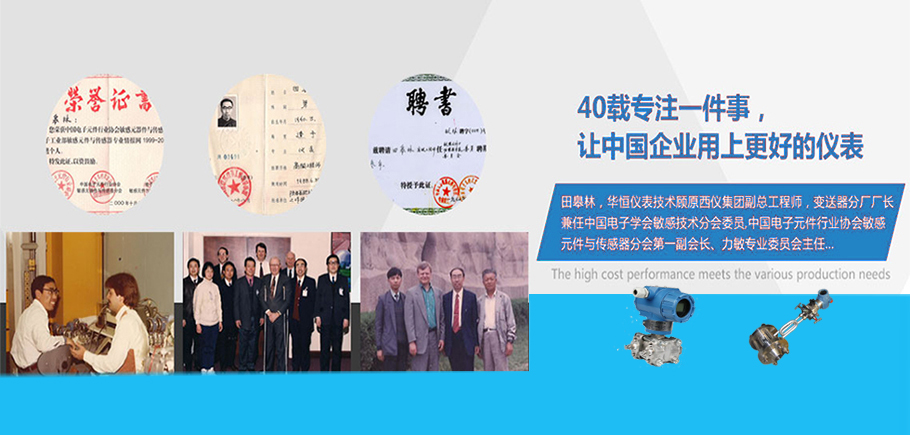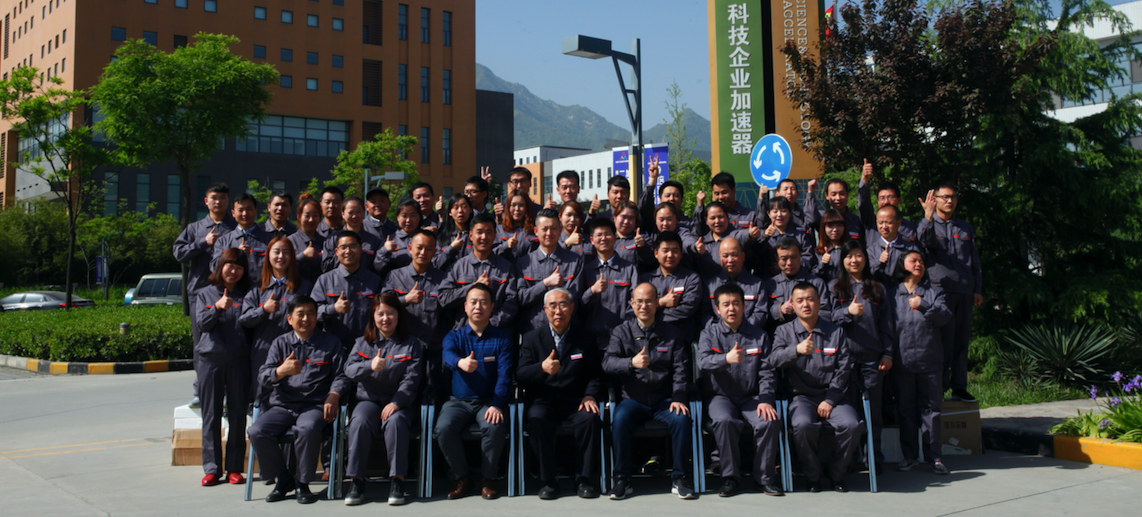| 【行业新闻】《开放源扬尘颗粒物采样技术规范(试行)》意见稿发布 |
| 信息来源: 压力表送器制造 | 2019-04-25 点击量: 7922 |

为贯彻《环境保护法》和《大气污染防治法》,促进环境空气颗粒物来源解析研究工作标准化、规范化和业务化,生态环境部组织制定了《开放源扬尘颗粒物采样技术规范(试行)》国家环境保护标准。目前,标准编制单位已完成了标准的征求意见稿。
In order to implement the Environmental Protection Law and the Air Pollution Prevention and Control Law and promote the standardization,standardization and professionalization of the research on source apportionment of ambient air particulate matter,the Ministry of Ecology and Environment has organized and formulated the National Environmental Protection Standard of the Technical Specification for Sampling Dust Particulate Matter from Open Sources(Trial Implementation).At present,the standard compilation unit has completed the draft of the standard for consultation.
扬尘源是当前我国城市环境空气颗粒物的重要来源之一,可分为土壤扬尘、道路扬尘、施工扬尘、堆场扬尘和二次扬尘等。科学、规范地开展扬尘样品采集,构建扬尘源的成分谱,直接关系到环境空气颗粒物来源解析结果的精准性以及不同城市之间的可比性。由于缺乏扬尘采样相关的标准,各地的扬尘采样方法不统一,影响源解析监测结果的科学性和可比性。因此有必要开展相关研究,建立扬尘采样的标准方法,供各地在源解析工作中参考使用。
Nowadays,dust source is one of the important sources of air particulate matter in urban environment in China.It can be divided into soil dust,road dust,construction dust,stack dust and secondary dust.To collect dust samples scientifically and normatively and to construct the composition spectrum of dust sources is directly related to the accuracy of the source apportionment results of ambient air particulate matter and the comparability between different cities.Due to the lack of relevant standards for dust sampling,the sampling methods are not uniform,which affects the scientificity and comparability of source analysis monitoring results.Therefore,it is necessary to carry out relevant research and establish a standard method of dust sampling for reference in source analysis.
我国目前已发布源解析技术路线、源解析技术指南、源解析监测技术指南以及一系列相关的颗粒物组分监测标准,已初步建立了颗粒物源解析技术体系。然而我国源解析技术体系还缺少污染源(固定源、移动源和开放源)采样相关标准规范。
At present,China has published the technical route of source apportionment,the technical guide of source apportionment,the technical guide of source apportionment monitoring and a series of related monitoring standards for particulate matter components,and has initially established the technical system of source apportionment of particulate matter.However,the technical system of source analysis in China still lacks relevant standards and specifications for sampling of pollution sources(fixed source,mobile source and open source).
本标准规定了开放源扬尘颗粒物的采样布点、现场采样方法、采样设备的技术指标、采样的质量保证等技术要求,适用于环境空气颗粒物来源解析工作中开放源扬尘颗粒物的采样。
This standard stipulates the technical requirements of sampling points,field sampling methods,technical specifications of sampling equipment and quality assurance of sampling for open source particulate matter.It is suitable for sampling open source particulate matter in source apportionment of ambient air particulate matter.
标准编制组由中国环境监测总站、南开大学、西安市环境监测站、天津市生态环境监测中心、福州市环境监测中心站相关技术人员组成。
The Standard Compilation Group is composed of relevant technical personnel of China Environmental Monitoring Station,Nankai University,Xi'an Environmental Monitoring Station,Tianjin Ecological Environment Monitoring Center and Fuzhou Environmental Monitoring Center Station.
本标准引用的文件主要有《HJ/T 166土壤环境监测技术规范》、《HJ/T 393防治城市扬尘污染技术规范》、关于印发《环境空气颗粒物来源解析监测技术方法指南(试行)》的通知(环办函[2014]1132号)、关于发布《大气颗粒物来源解析技术指南(试行)》的通知(环发[2013]92号)、《空气和废气监测分析方法》(第四版增补版)。
The main documents cited in this standard are"Technical Specification for Soil Environmental Monitoring of HJ/T 166","Technical Specification for Prevention and Control of Urban Dust Pollution by HJ/T 393","Circular on Issuance of Technical Guidelines for Source Analysis and Monitoring of Environmental Air Particulates(Trial)"(UNEP Letter[2014]1132),and Circular on Issuance of Technical Guidelines for Source Analysis of Atmospheric Particulates(Trial).(Circular[2013]92)."Air and Exhaust Gas Monitoring and Analysis Method"(Fourth Edition Supplementary Edition).
其中,采样人员根据地区土壤及气象特点选取具有代表性的裸露地面作为采样点。一般选择距城市建成区10~20km的东、南、西、北4个方向的郊区。如城市主导风向与上述4个方向不同,则在主导风向的上风向增加布设至少3个点位。每个方向布设至少3个采样点,均匀布点,点位之间距离不小于500米。采样点周围(500米范围内)无其他显著人为污染源(如厂矿、村落、商业和居民聚集区、交通道路、建筑工地等)。
Among them,Samplers select representative bare ground as sampling points according to the soil and meteorological characteristics of the area.Generally,the suburbs in the east,south,West and north directions are selected 10-20 km away from the urban built-up area.If the urban dominant wind direction is different from the four directions mentioned above,at least three points will be added to the upper wind direction of the dominant wind direction.At least three sampling points are arranged in each direction,evenly distributed,and the distance between the points is not less than 500 meters.There are no other significant anthropogenic pollution sources(such as factories,mines,villages,commercial and residential areas,traffic roads,construction sites,etc.)around the sampling sites(within 500 meters).






